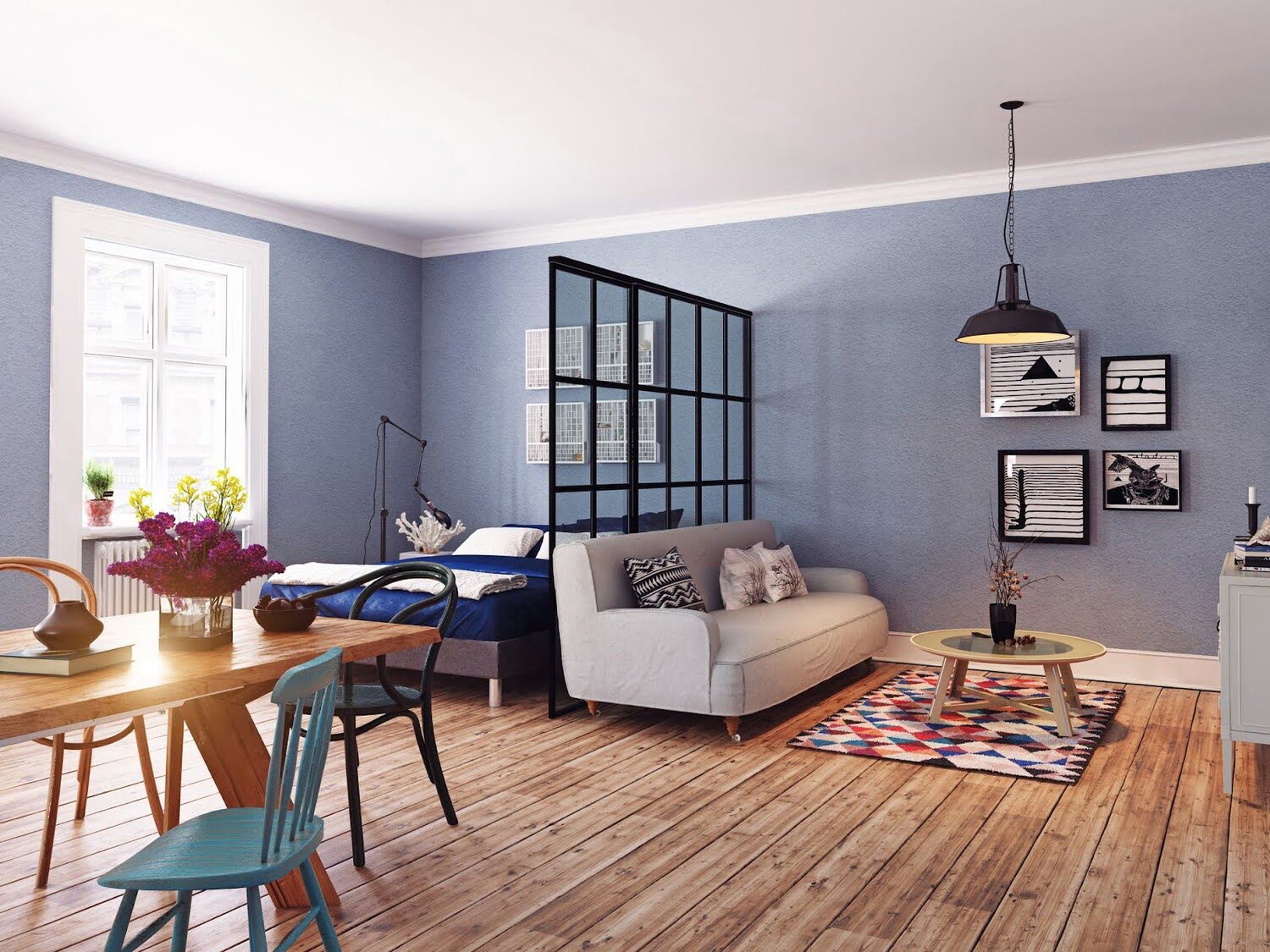

Articles
How To Convert Living Room Into Bedroom
Modified: January 19, 2024
Learn how to convert your living room into a bedroom with these helpful articles. Maximize space and functionality in your home with our expert tips and ideas.
(Many of the links in this article redirect to a specific reviewed product. Your purchase of these products through affiliate links helps to generate commission for Storables.com, at no extra cost. Learn more)
Introduction
Welcome to our comprehensive guide on how to convert your living room into a bedroom. Whether you’re living in a small apartment and need to utilize every inch of space or simply want to create a multi-functional room, transforming your living room into a bedroom can be a practical solution. In this article, we will explore various strategies to help you optimize your living space and create a comfortable and functional sleeping area.
Converting your living room into a bedroom requires careful planning and consideration. You’ll need to think about factors such as space utilization, privacy, lighting, storage, and aesthetics. By addressing these key areas, you can ensure that your living room turned bedroom is not only inviting and comfortable but also meets your specific needs and preferences.
So, let’s dive in and explore the step-by-step process of converting your living room into a cozy and private sleeping space.
Key Takeaways:
- Converting a living room into a bedroom requires careful planning, from assessing the space and selecting suitable sleeping arrangements to implementing privacy and soundproofing measures. It’s a creative opportunity to optimize space and create a cozy retreat.
- When transforming a living room into a bedroom, integrating multifunctional furniture, utilizing storage options, and paying attention to decor and aesthetics are essential for creating a functional and inviting space that reflects personal style and promotes restful sleep.
Read more: How To Make Living Room A Bedroom
Assessing the Space
The first step in converting your living room into a bedroom is to assess the available space. Start by measuring the dimensions of the room and taking note of any architectural elements such as windows, doors, and electrical outlets.
Consider the layout of the room and identify any structural features that may affect the placement of furniture or the division of space. For example, if there is a fireplace or a large pillar in the center of the room, it may limit your options for arranging furniture.
Next, think about the functionality you want to achieve with the converted space. Are you looking to create a dedicated sleeping area, or do you want to incorporate additional functions such as a workspace or a lounge area? Understanding your specific needs will help you plan the layout accordingly.
Take note of any natural light sources and how they affect the room at different times of the day. The amount and quality of natural light can impact the overall ambiance and comfort of the space, so consider how you can maximize or control the light to create a cozy bedroom atmosphere.
Finally, assess the overall condition of the room. Are there any repairs or renovations that need to be done before converting it into a bedroom? This is the perfect opportunity to address any structural issues, repaint the walls, or update the flooring.
By thoroughly assessing the space and understanding its limitations and potentials, you can start planning the transformation process and make informed decisions about furniture placement, lighting, and other key elements.
Clearing Out Furniture
Once you have assessed the space and have a clear understanding of its dimensions and layout, it’s time to clear out any existing furniture that doesn’t serve the purpose of a bedroom. This step may involve removing bulky sofas, coffee tables, or entertainment centers that may hinder the transformation process.
Start by creating a floor plan or a rough sketch of the room to visualize the new layout. Determine where you want to place your bed, any additional furniture like nightstands or a desk, and how you want to divide the space. This will give you a clear idea of what needs to be removed or rearranged.
If you have other pieces of furniture that you want to incorporate into the new bedroom layout, consider their functionality and how they will fit into the space. Don’t overcrowd the room, as it may make it feel cluttered and cramped. Opt for essential pieces that serve a purpose and create a balanced and functional arrangement.
When clearing out furniture, you may encounter the need to find alternative storage solutions for items that you still want to keep but don’t have a place for in the new bedroom setup. Look for creative storage options, such as under-bed storage bins, wall-mounted shelves, or multi-functional furniture with built-in storage compartments.
Consider donating or selling any furniture that you no longer need or want. This not only helps you declutter your living space but also gives your unwanted items a new life. Alternatively, you can repurpose or upcycle furniture to fit into the new bedroom design, adding a unique touch to the space.
By clearing out unnecessary furniture and carefully selecting the pieces you want to incorporate, you can create an open and spacious bedroom environment that allows for easy movement and promotes a sense of calm and relaxation.
Sleeping Arrangements
One of the key aspects of converting your living room into a bedroom is determining the most suitable sleeping arrangements. The choice of bed will largely depend on the size of the room and the level of comfort and functionality you desire.
If you have ample space, you can opt for a traditional bed frame and mattress. Ensure that the bed size fits well within the room and leaves enough space for other essential furniture and movement around the room comfortably.
For smaller living rooms or open-concept spaces, you might consider a sofa bed or a daybed. These versatile pieces of furniture serve a dual purpose, providing seating during the day and transforming into a comfortable bed at night. Sofa beds are available in various sizes and styles, making it easier to find one that suits your aesthetic preferences and space constraints.
If you prefer a more minimalist approach, a futon or a foldable mattress can be an excellent choice. These options allow you to easily convert the living room into a sleeping space and fold it away during the day to free up floor space.
Another innovative solution is a Murphy bed, also known as a wall bed. This space-saving design allows the bed to be vertically folded up against the wall when not in use, providing additional floor space during the day. There are various Murphy bed designs available, including options with built-in storage or a fold-down desk.
Once you have determined the type of bed that suits your needs, consider investing in a high-quality mattress and bedding to ensure a restful sleep experience. Opt for comfortable and breathable materials that promote a good night’s sleep.
Remember to position the bed in a way that maximizes privacy and minimizes disturbances. Consider placing it away from noisy areas, such as near windows facing busy streets or adjacent to the main entrance. If possible, consider using curtains or room dividers to create a sense of separation and privacy.
By carefully selecting the appropriate sleeping arrangements, you can create a comfortable and inviting bedroom in your living room, making it a peaceful retreat for a good night’s sleep.
Privacy and Soundproofing
When converting your living room into a bedroom, maintaining privacy and minimizing noise from the rest of the house or external sources becomes crucial. Here are some strategies to ensure privacy and soundproofing in your newly transformed space:
1. Window Treatments: Install curtains, blinds, or shades that provide both privacy and noise reduction. Opt for thick, heavy fabrics or blackout curtains that can effectively block out unwanted light and sound.
2. Room Dividers: If you want to create a separate sleeping area within the living room, consider using room dividers to create a sense of privacy. These can be decorative screens, bookshelves, or sliding doors that can be easily moved or opened as needed.
3. Acoustic Panels: Incorporating acoustic panels on the walls can help absorb sound and reduce echoes in the room. This is especially beneficial if you live in a noisy neighborhood or have shared walls with neighbors.
4. Weatherstripping: Use weatherstripping to seal any gaps around windows, doors, and other openings to reduce both noise and drafts. This will help create a quieter and more comfortable sleeping environment.
5. Soundproofing Insulation: Consider adding soundproofing insulation to the walls or ceiling to further minimize noise transmission. This can be especially beneficial if you anticipate high noise levels in the living room area.
6. White Noise Machine or Earplugs: To mask external noise and promote better sleep, you can use a white noise machine or wear earplugs. These options can help drown out disturbances and create a peaceful sleeping environment.
7. Communication with Household Members: If you live with others, it’s important to communicate your need for privacy and quiet in your transformed bedroom. Establish guidelines or schedules that can help minimize disturbances and maintain a peaceful atmosphere during sleeping hours.
By implementing these privacy and soundproofing measures, you can create a serene and private sleeping space within your living room, ensuring a restful night’s sleep.
Consider using a room divider or curtains to create a sense of privacy and separation. Choose a comfortable sofa bed or futon to easily convert the space back into a living room during the day.
Lighting Solutions
Proper lighting is essential in creating a comfortable and inviting bedroom atmosphere in your living room. Here are some lighting solutions to consider when converting your living room into a bedroom:
1. Natural Light: Take advantage of any natural light sources in the room. Place your bed near windows to benefit from the soothing natural light during the day. Use sheer or light-filtering curtains to allow plenty of light while maintaining privacy.
2. Task Lighting: Incorporate task lighting to provide focused illumination for specific activities such as reading or working. Place a bedside lamp or wall-mounted sconces for convenient lighting options next to the bed.
3. Ambient Lighting: Install ambient lighting fixtures to create a warm and inviting ambiance in the entire room. Consider using ceiling lights, pendant lights, or recessed lighting with dimmers to control the brightness and set the desired mood.
4. Accent Lighting: Use accent lighting to highlight specific features or areas of interest in the room. This could include adding LED strip lights under shelves or behind furniture to create an aesthetic appeal or using picture lights to showcase artwork on the walls.
5. Task Lighting for Workspaces: If you plan to incorporate a workspace in your bedroom, ensure proper task lighting with a desk lamp or adjustable lighting fixtures. This will provide adequate illumination for studying, working, or hobbies.
6. Nighttime Lighting: Install soft, low-level lighting near the bed for nighttime use. Consider using bedside wall sconces or small table lamps with warm, dimmable bulbs to create a cozy and calming atmosphere that promotes relaxation and sleep.
7. Smart Lighting: Consider incorporating smart lighting solutions, such as Wi-Fi-enabled bulbs or smart light switches. These allow you to control the lighting with your smartphone or voice commands, providing convenience and flexibility.
8. Lighting Design: Work on a lighting plan that combines different light sources to create layers of illumination. This includes a combination of overhead lights, task lighting, and ambient lighting to achieve a balanced and well-lit space.
By combining natural light, task lighting, ambient lighting, and accent lighting, you can create a versatile and well-lit bedroom in your living room. Experiment with different lighting options to find the perfect balance that suits your needs and enhances the overall aesthetic of the space.
Storage Options
When converting your living room into a bedroom, finding suitable storage solutions is essential to keep the space organized and functional. Here are some storage options to consider:
1. Under-bed Storage: Utilize the space under your bed by investing in storage containers specifically designed to fit underneath. These can be used to store out-of-season clothing, extra bedding, or other items that you don’t need frequent access to.
2. Built-in Storage: If you have the means and space, consider incorporating built-in storage units such as closets, wardrobes, or cabinets. This allows for ample storage space while seamlessly blending with the overall design of the room.
3. Wall-Mounted Shelves: Install wall-mounted shelves to display and store items such as books, decorative items, or personal belongings. Floating shelves are a popular choice as they provide storage without taking up valuable floor space.
4. Multi-Purpose Furniture: Opt for furniture pieces that serve multiple functions and offer built-in storage. For example, choose a bed frame with drawers or a storage ottoman that can be used as both a seating option and a place to keep extra pillows or blankets.
5. Storage Bins and Baskets: Use storage bins and baskets to keep smaller items organized and easily accessible. Place them on shelves or in cubby units, and label them for efficient organization.
6. Utilize Vertical Space: Maximize your storage options by utilizing vertical space. Install hooks or racks on the walls to hang coats, bags, or accessories. Use over-the-door organizers for shoes or accessories.
7. Hidden Storage: Consider furniture pieces with hidden storage compartments, such as coffee tables with lift-up tops or ottomans with removable lids. These can provide an additional space to store items while keeping them out of sight.
8. Create Zones: Create designated storage zones for different categories of items. For example, have a specific area for clothing storage, a separate space for books or electronics, and another area for personal belongings.
By implementing these storage options, you can keep your living room turned bedroom organized and clutter-free, allowing for a more functional and visually appealing space.
Multifunctional Furniture
When converting your living room into a bedroom, incorporating multifunctional furniture is a game-changer. It allows you to maximize the functionality of the space while saving valuable square footage. Here are some examples of multifunctional furniture:
1. Sofa Bed or Daybed: A sofa bed or a daybed serves as both seating during the day and a comfortable sleeping surface at night. This versatile piece of furniture is a great option for small living rooms or open-concept spaces.
2. Storage Ottomans or Benches: Ottomans or benches with built-in storage compartments not only provide additional seating but also offer a place to stow away extra blankets, pillows, or other items. This helps you keep the room tidy and organized.
3. Convertible Coffee Tables: Invest in a coffee table that can be easily converted into a dining table or a desk. This allows you to optimize the functionality of the living room by providing a flexible space for various activities.
4. Wall Beds or Murphy Beds: Wall beds, also known as Murphy beds, are beds that fold up vertically against the wall when not in use. They are excellent space-saving options, allowing you to free up floor space during the day and create a more open living area.
5. Foldable Dining Tables: Consider a dining table with foldable sides or extensions that can be collapsed when not in use. This gives you the flexibility to have a dining area when needed and extra space for other activities when the table is not in use.
6. Bookcase Room Dividers: Room dividers with built-in shelving provide both privacy and storage space. They can be used to separate the bedroom area from the rest of the living room while also acting as a display or storage unit for books, decor, or personal items.
7. Wall-Mounted Desks: Install a wall-mounted desk that can be folded down when you need a workspace and folded up when not in use. This is a perfect solution for creating a functional office area within a limited space.
8. Nesting Tables: Nesting tables are a set of tables that can be stacked together when not in use, saving space in a small living room. They can be easily pulled out and used as side tables or extra surfaces when needed.
When selecting multifunctional furniture, consider the size, style, and practicality of the piece. Look for furniture that seamlessly integrates with your overall design aesthetic while offering the versatility needed to make the most of your living room turned bedroom.
Decor and Aesthetics
When converting your living room into a bedroom, the decor and aesthetics play a crucial role in creating a cohesive and inviting space. Here are some tips to consider while transforming your living room into a stylish and comfortable bedroom:
1. Color Scheme: Choose a color palette that promotes relaxation and serenity. Opt for soft, soothing hues such as pastels, neutrals, or muted tones. These colors can help create a calming atmosphere conducive to sleep.
2. Bedding and Textiles: Select bedding and textiles that reflect your personal style and add comfort to the room. Choose high-quality sheets, cozy blankets, and plush pillows to make the bed a focal point and ensure a restful sleep experience.
3. Wall Decor: Use wall decor to personalize the space and enhance the overall aesthetics. Hang artwork, photographs, or wall decals that resonate with your style and create a sense of warmth and personality in the bedroom.
4. Mirrors: Incorporate mirrors strategically to make the room appear more spacious and to reflect and enhance natural light. Placing a mirror across from a window can help amplify the light and create a brighter atmosphere.
5. Window Treatments: Install curtains, blinds, or shades that not only provide privacy and soundproofing but also add to the overall decor. Choose window treatments that complement the color scheme and style of the room.
6. Rugs: Layering rugs can add warmth, texture, and visual interest to the room. Place a soft and cozy rug beside the bed to create a comfortable stepping area when you wake up.
7. Lighting Fixtures: Choose lighting fixtures that align with your desired ambiance. Consider implementing a mix of overhead lighting, table lamps, and wall sconces to create a warm and inviting atmosphere.
8. Plants and Greenery: Add a touch of nature to the bedroom by incorporating plants and greenery. Not only do they breathe life into the space, but they also help purify the air and create a calming environment.
9. Personal Touches: Don’t forget to add personal touches that make the space feel uniquely yours. Display cherished photographs, decorate with items that hold sentimental value, or incorporate objects that reflect your hobbies and interests.
10. Minimize Clutter: Keep the bedroom free of unnecessary clutter to maintain a serene and peaceful environment. Utilize the storage options we discussed earlier to keep items organized and out of sight.
By carefully considering the decor and aesthetics of your living room turned bedroom, you can create a space that not only promotes restful sleep but also reflects your personal style and provides a calming and inviting atmosphere.
Read more: How To Convert A Shed Into A Room
Conclusion
Converting your living room into a bedroom can be a practical and efficient way to maximize your living space. By following the steps outlined in this comprehensive guide, you can transform your living room into a comfortable and functional bedroom that meets your specific needs and preferences.
Start by assessing the space and understanding its limitations and potentials. Clear out furniture that doesn’t serve the purpose of a bedroom, and carefully select sleeping arrangements that fit the size and layout of the room. Consider privacy and soundproofing solutions, as well as lighting options that create a soothing ambiance. Utilize storage options to keep the space organized and clutter-free, and integrate multifunctional furniture that maximizes functionality.
Don’t forget to pay attention to the decor and aesthetics to create a cohesive and inviting bedroom atmosphere. Choose a color scheme that promotes relaxation, select bedding and textiles that provide comfort, and incorporate wall decor and mirrors to personalize the space. Enhance the room with appropriate lighting fixtures, rugs, and greenery for added warmth and visual interest.
As you embark on the journey of converting your living room into a bedroom, keep in mind that the ultimate goal is to create a space that not only meets your practical needs but also reflects your personal style and provides a cozy, restful retreat. By carefully considering every aspect of the transformation process, you can achieve the perfect balance of functionality, comfort, and aesthetics.
So, go ahead and unleash your creativity to design a unique and comfortable haven within your living room. Embrace the opportunity to optimize your space and create a bedroom that is tailored to your lifestyle. Sweet dreams await!
Frequently Asked Questions about How To Convert Living Room Into Bedroom
Was this page helpful?
At Storables.com, we guarantee accurate and reliable information. Our content, validated by Expert Board Contributors, is crafted following stringent Editorial Policies. We're committed to providing you with well-researched, expert-backed insights for all your informational needs.
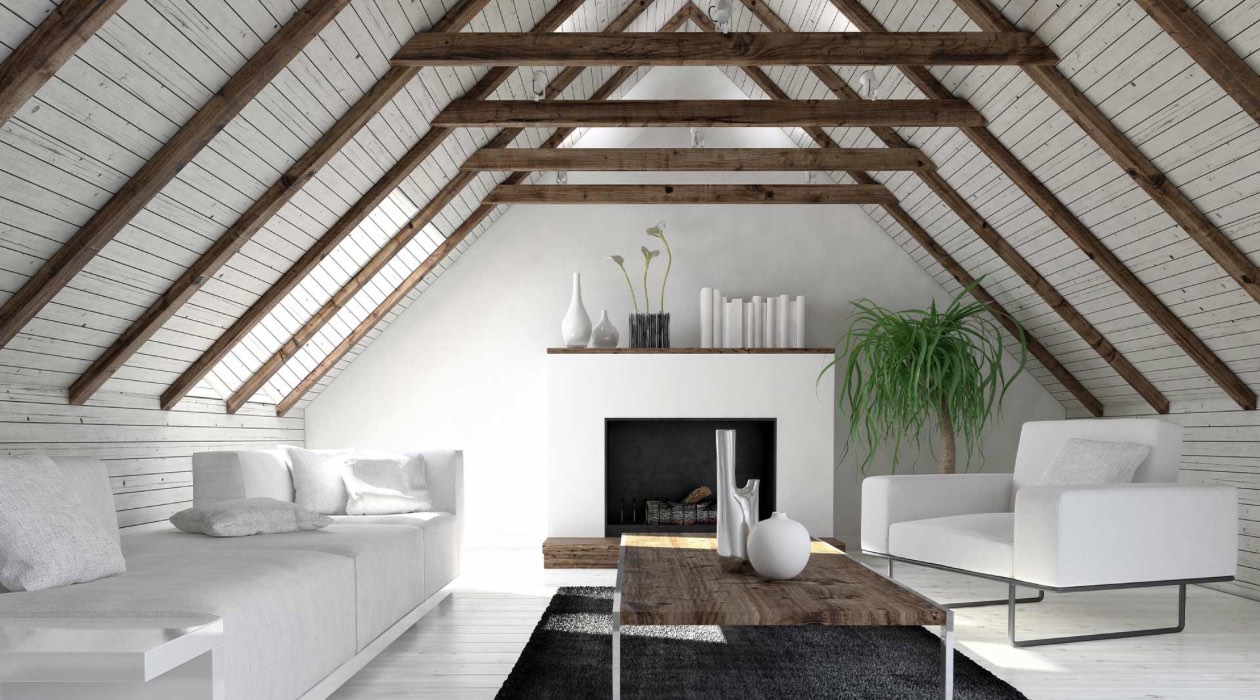
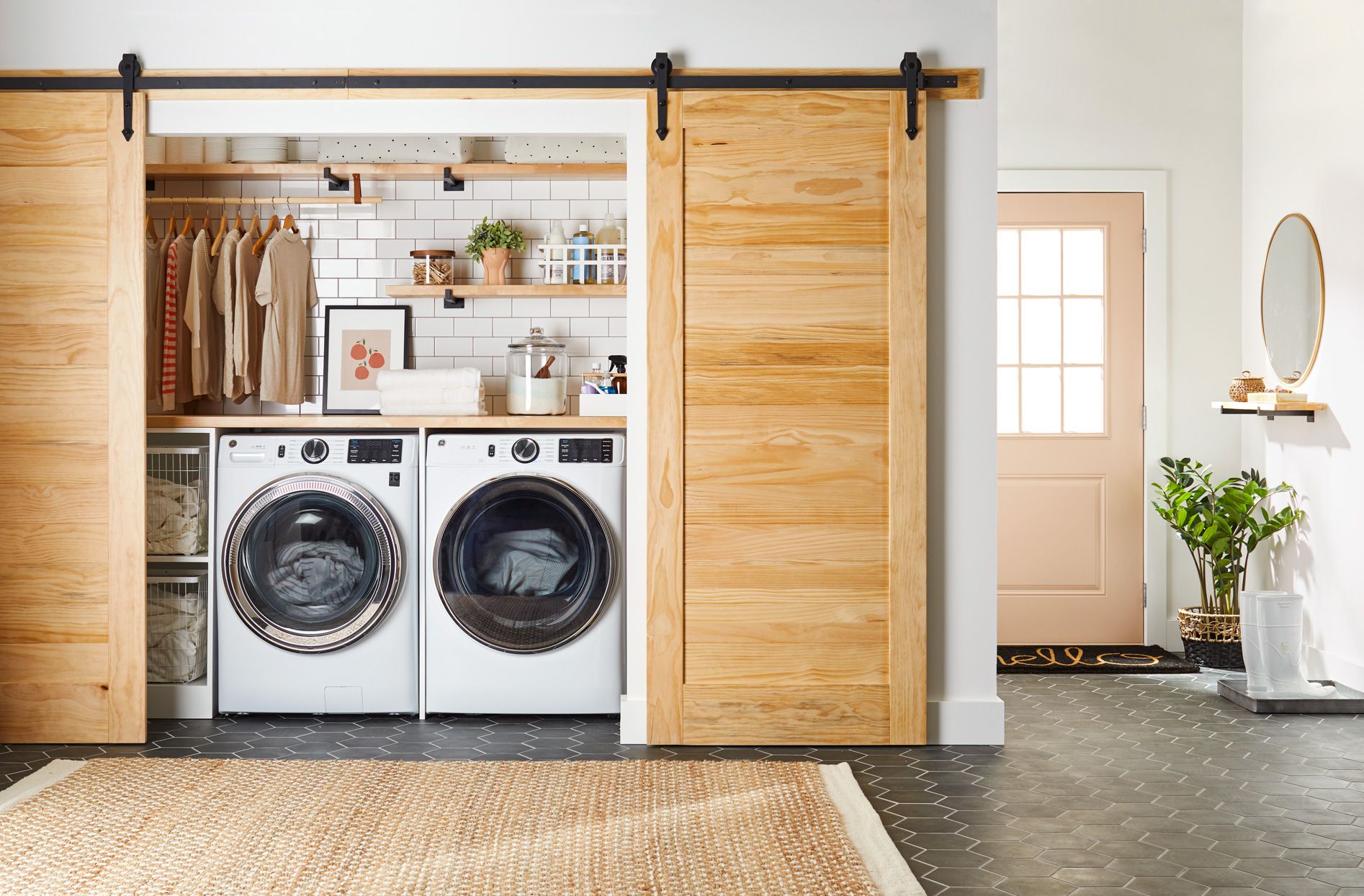
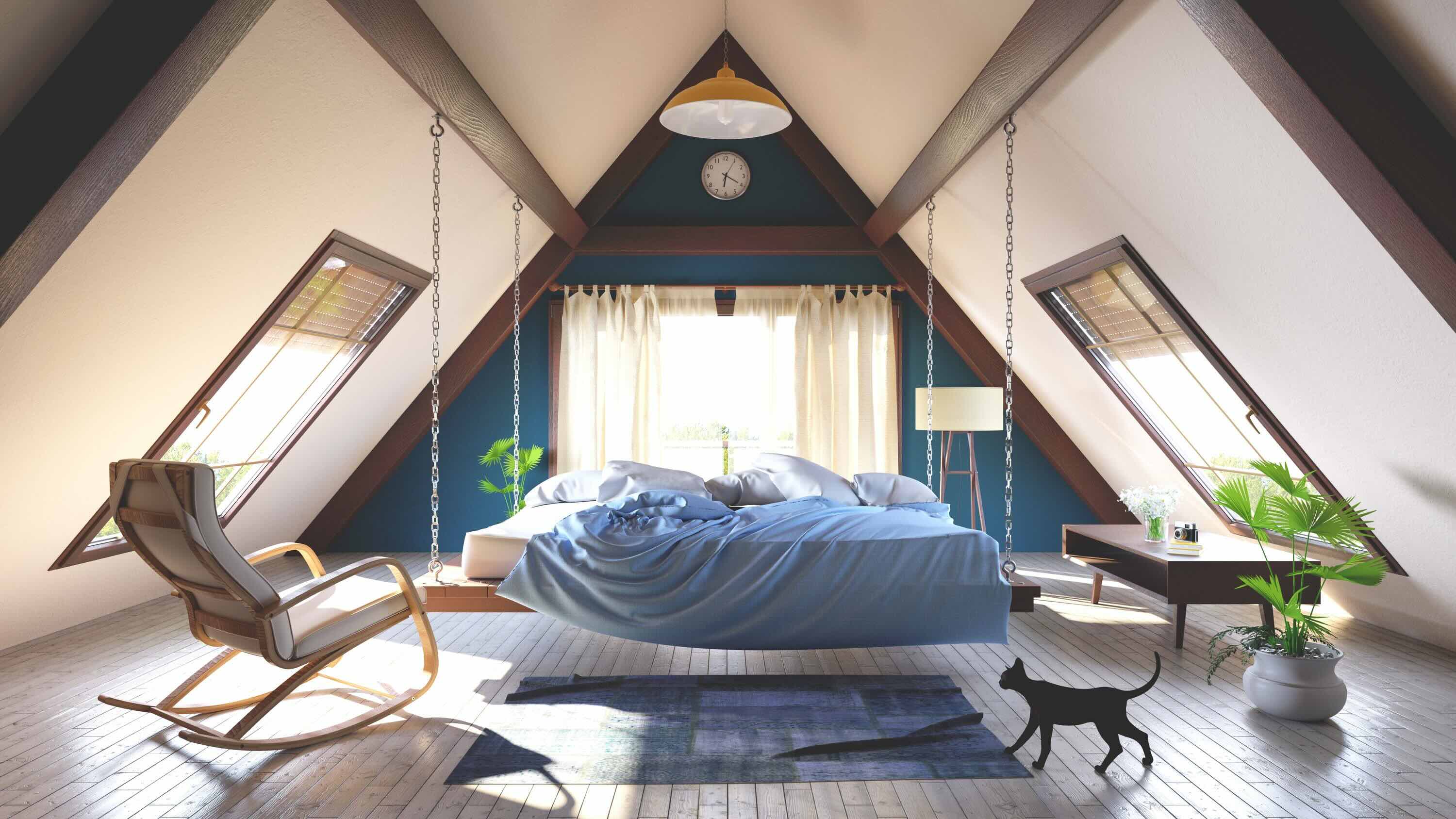
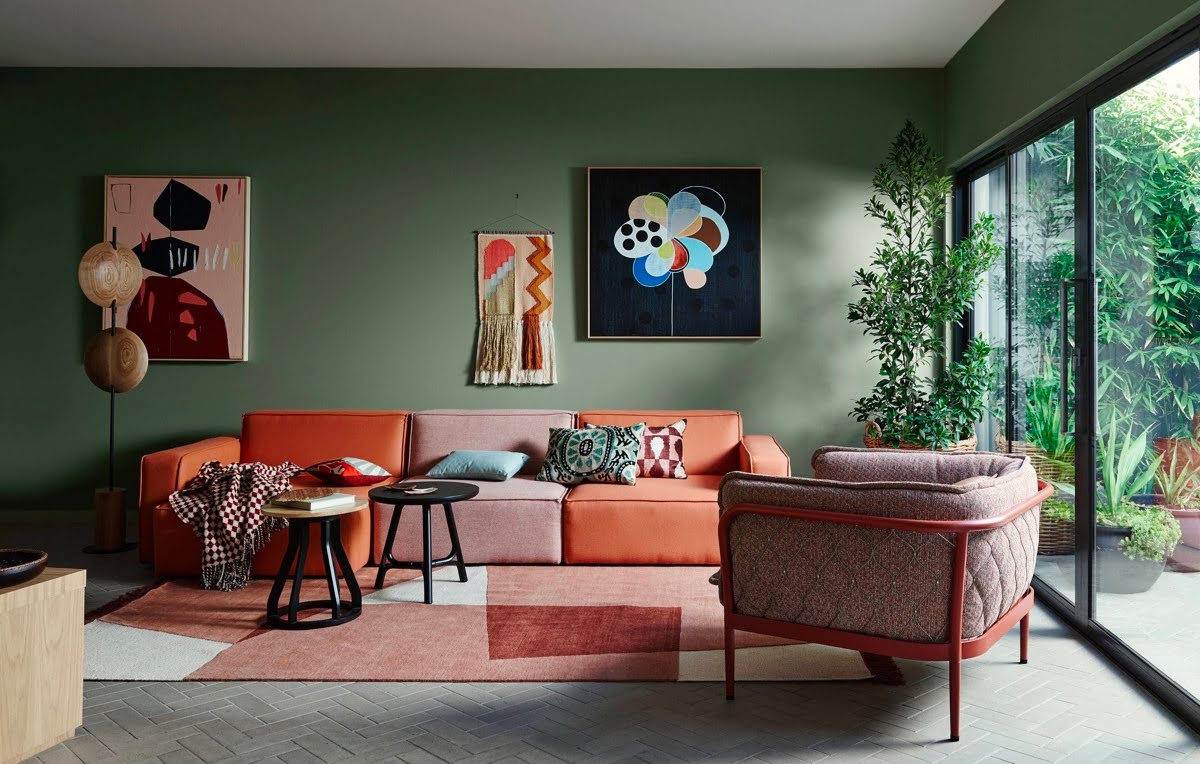
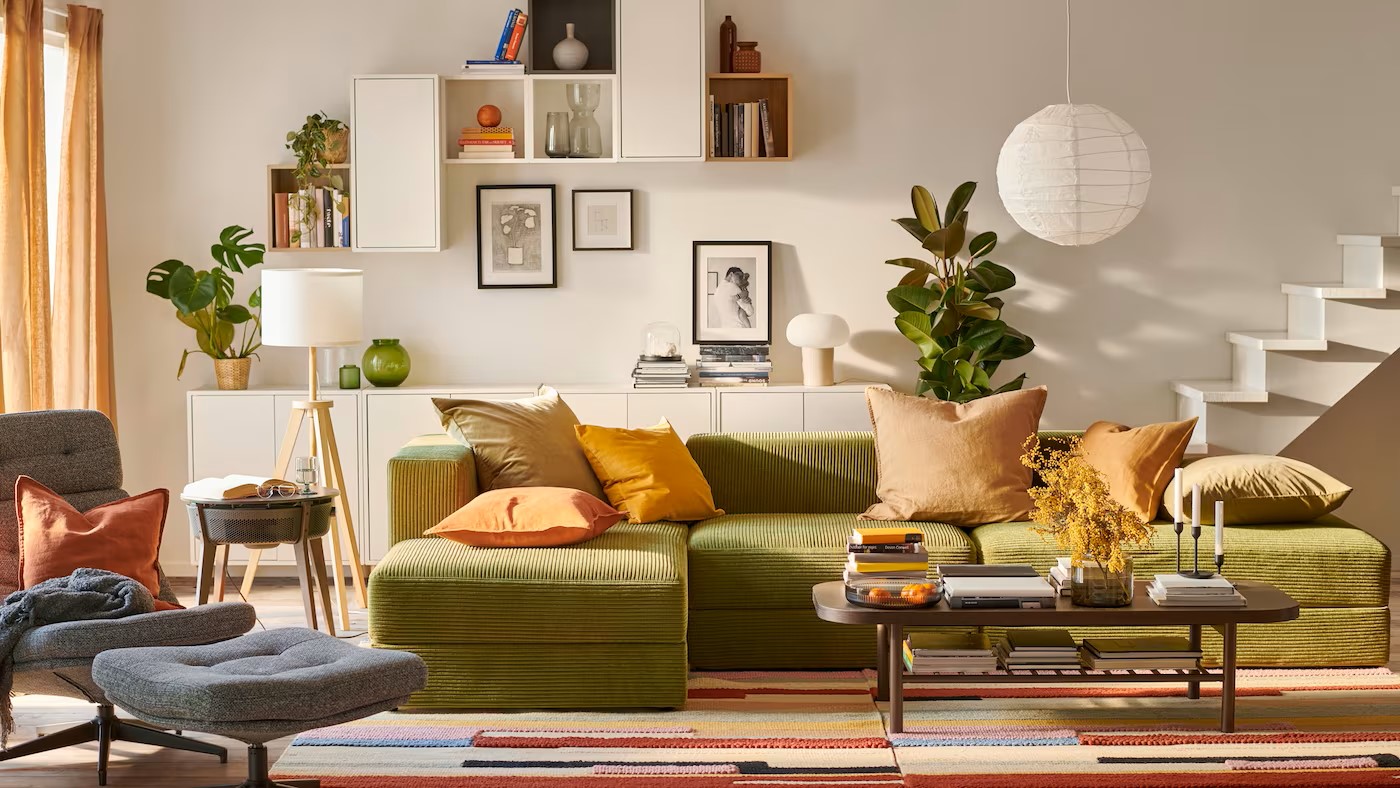

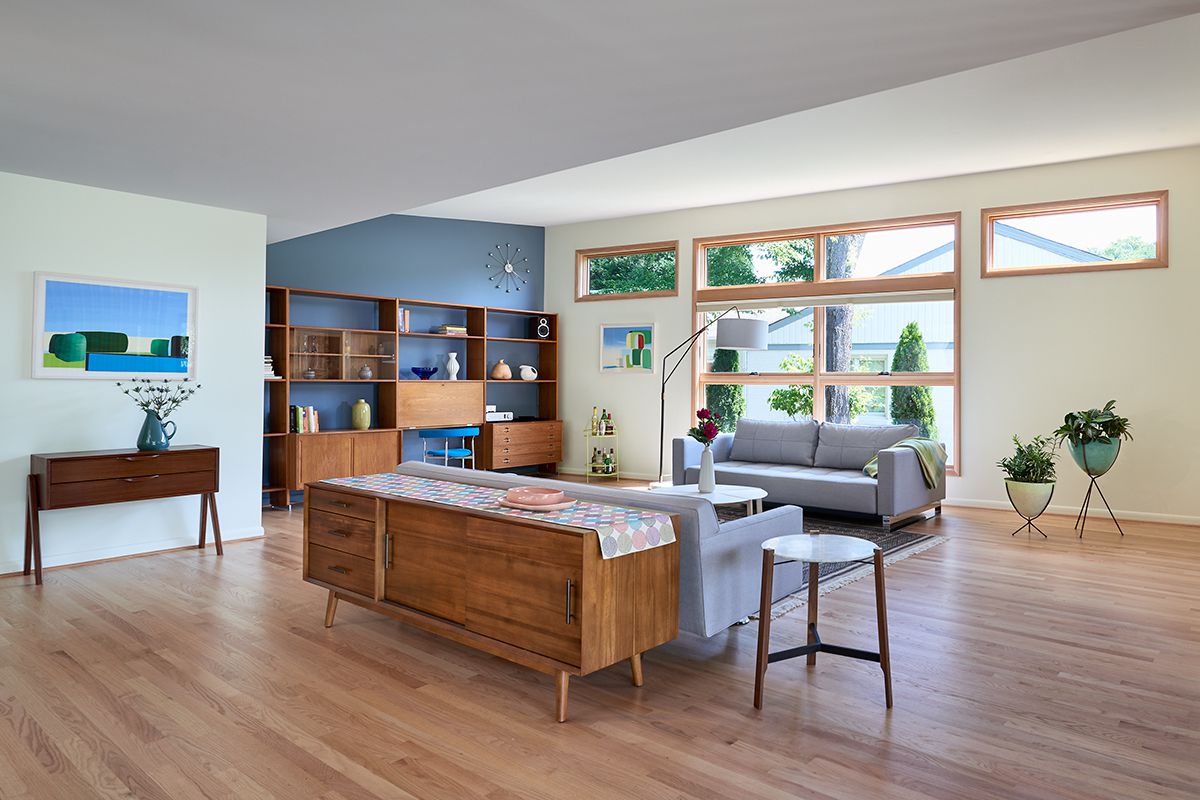
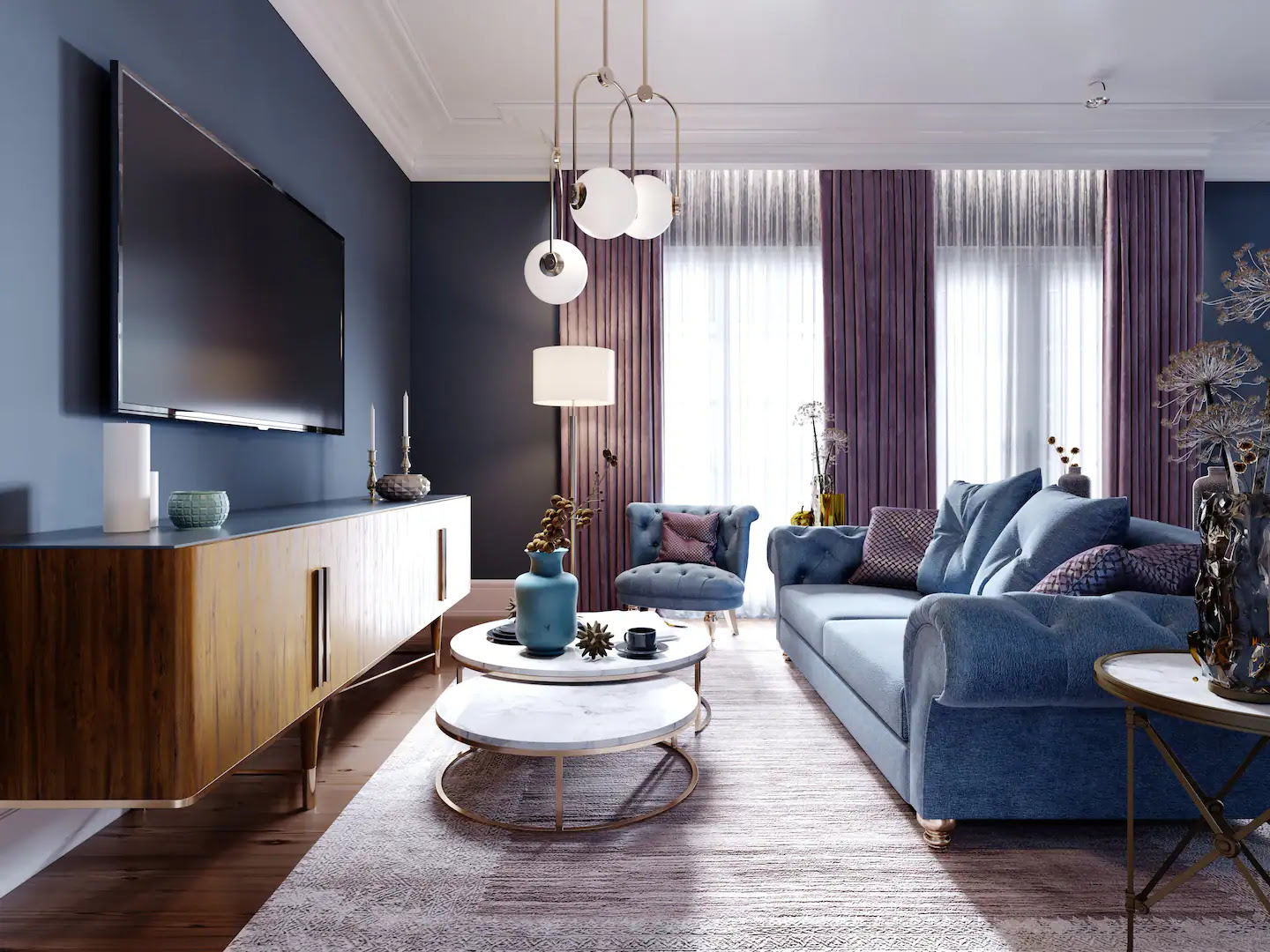
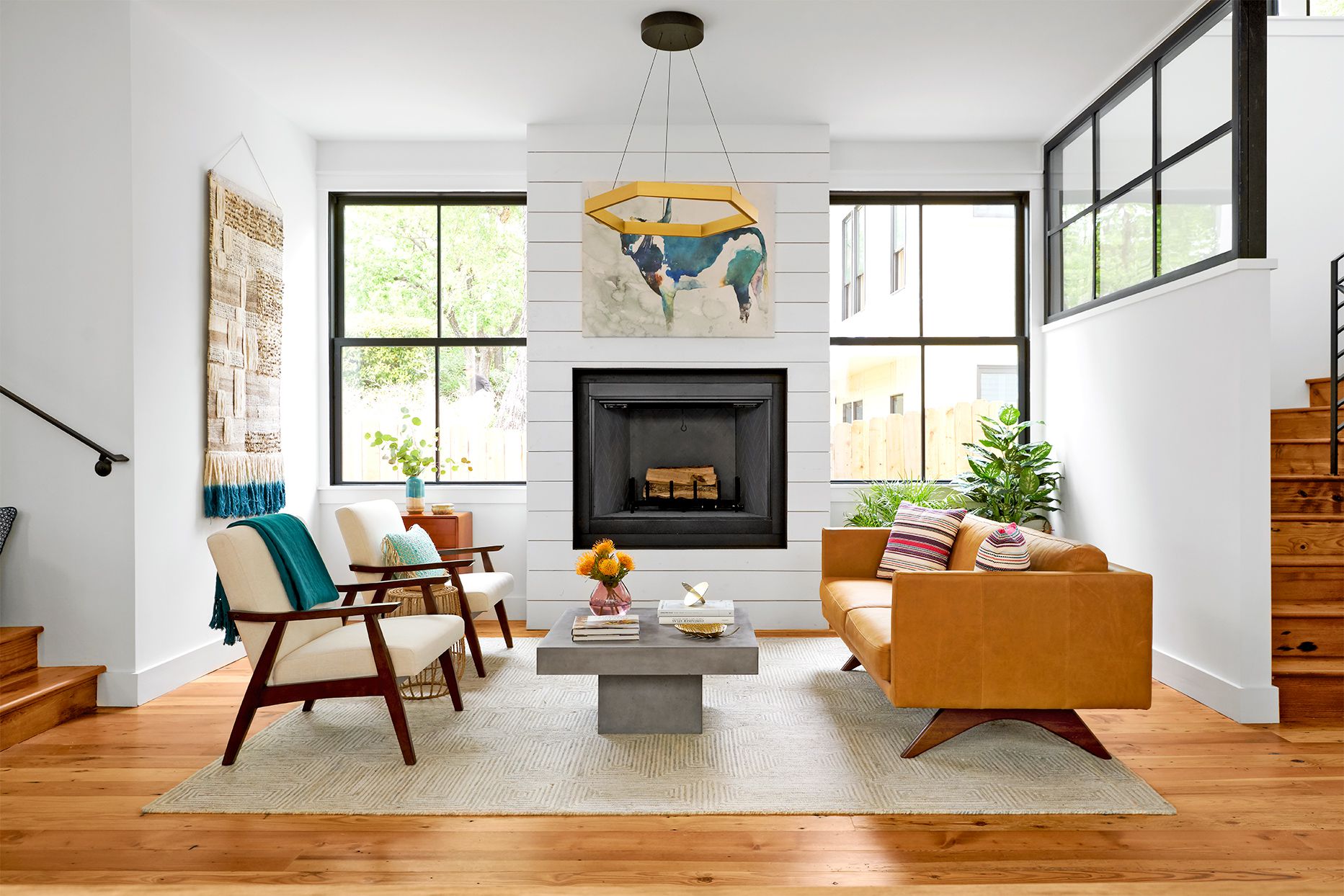
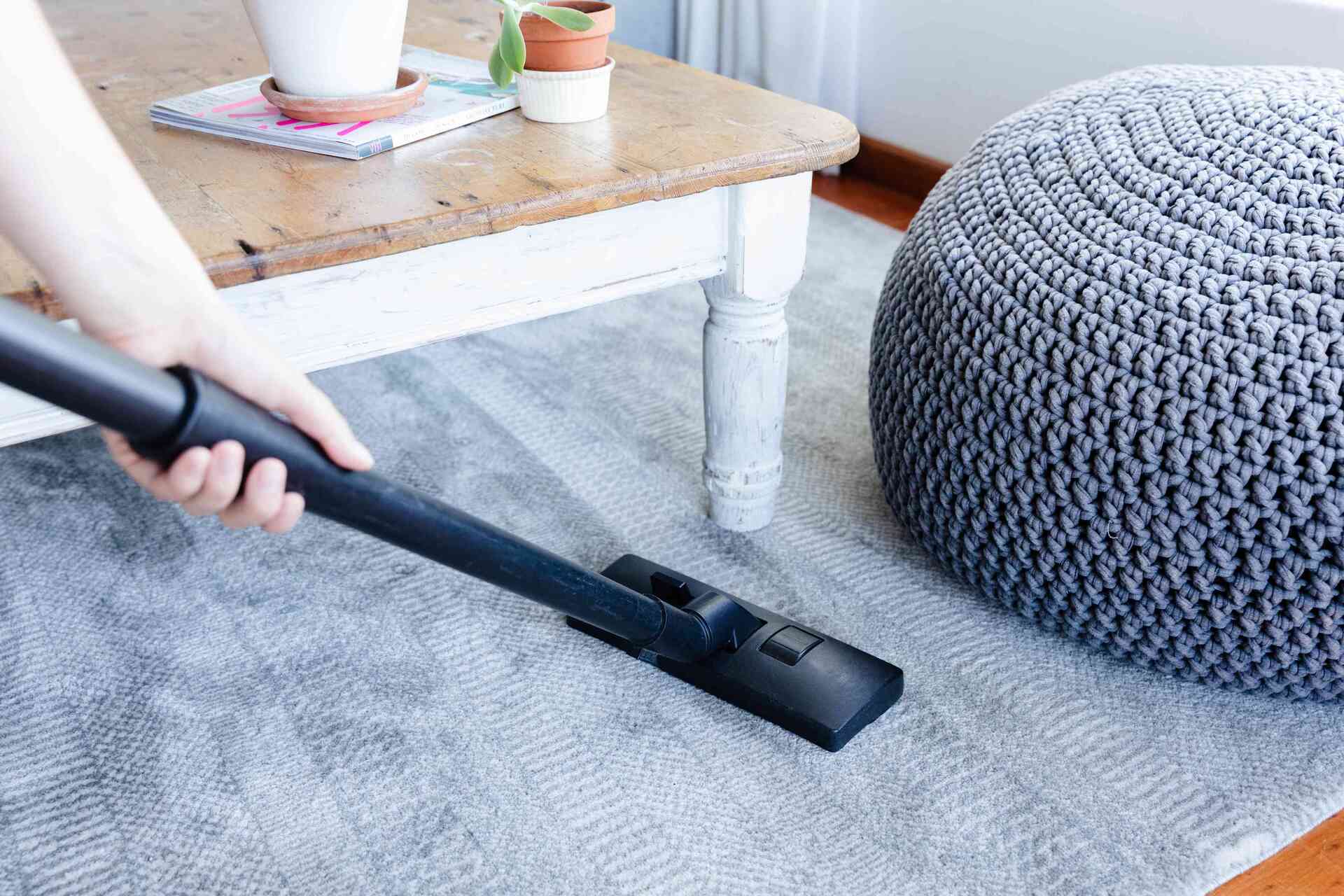
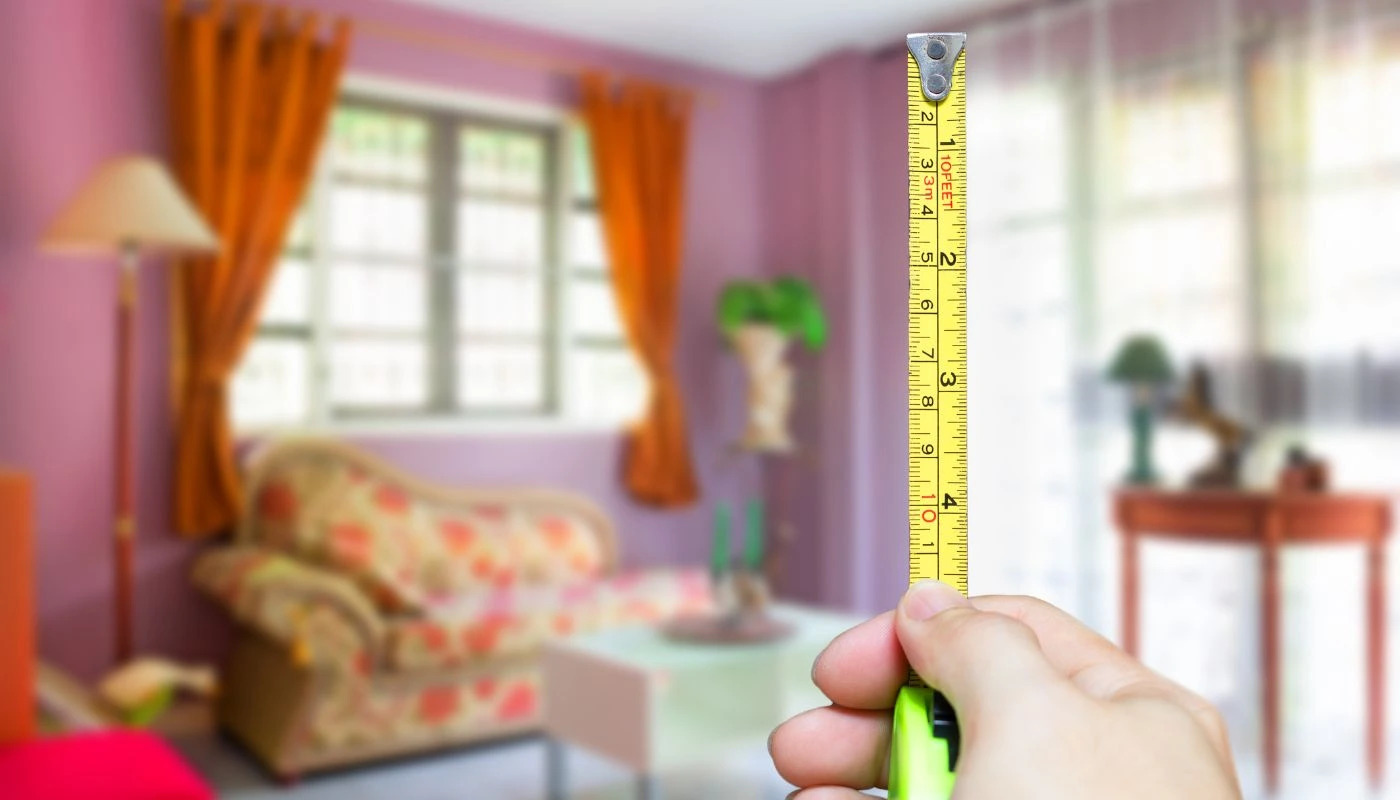
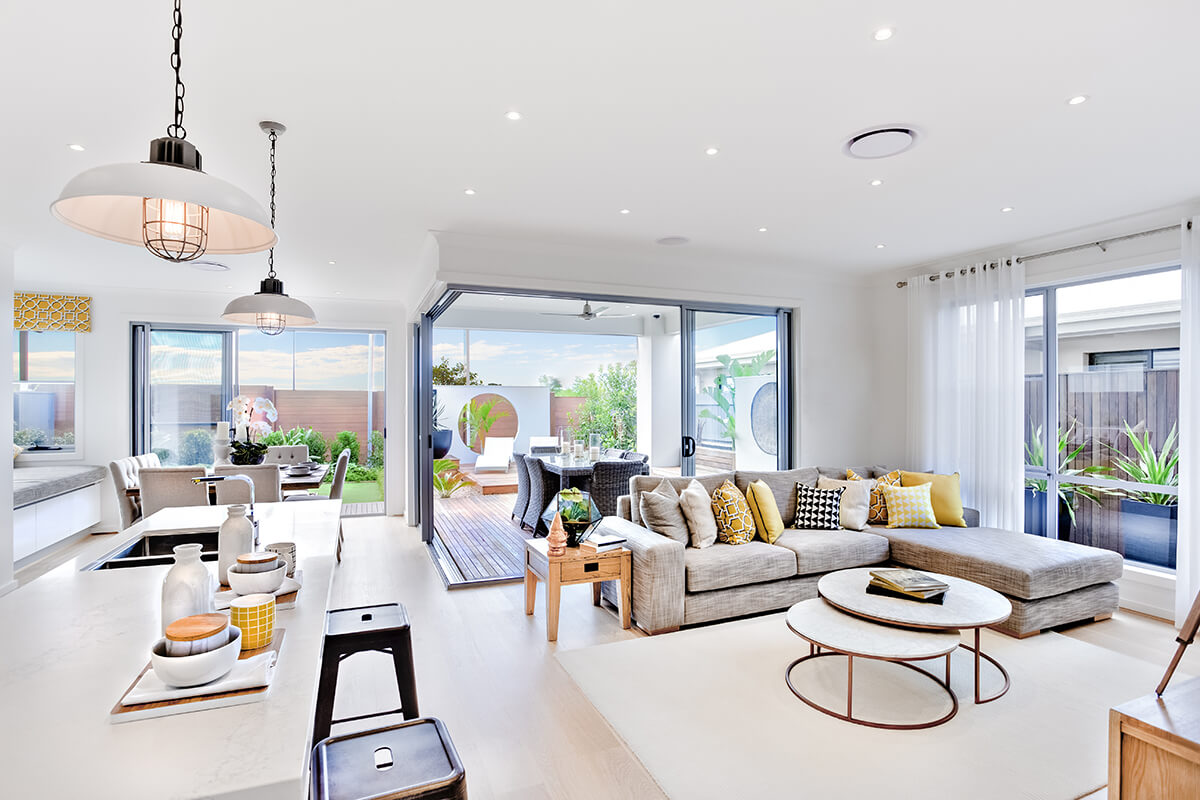
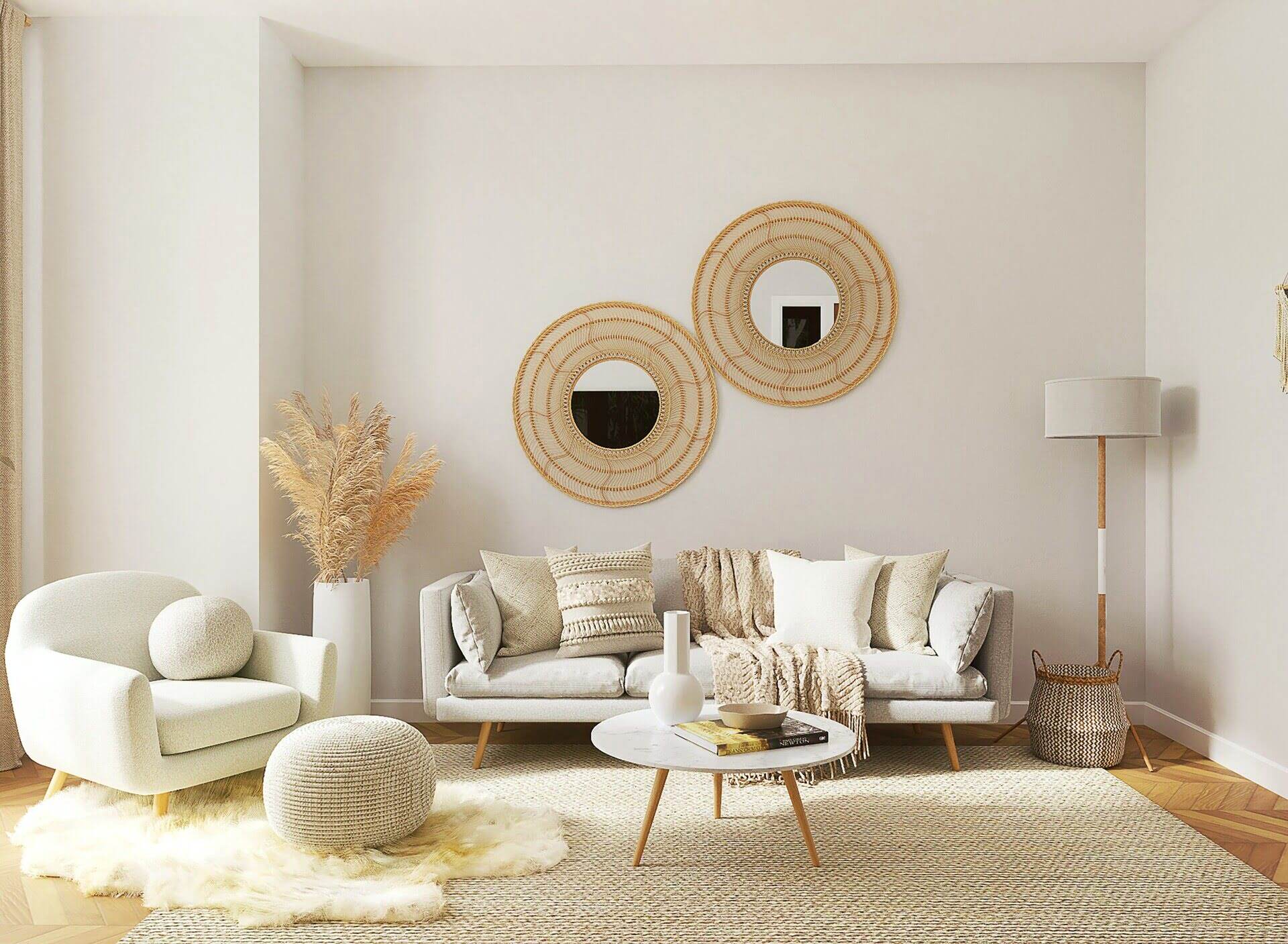

0 thoughts on “How To Convert Living Room Into Bedroom”